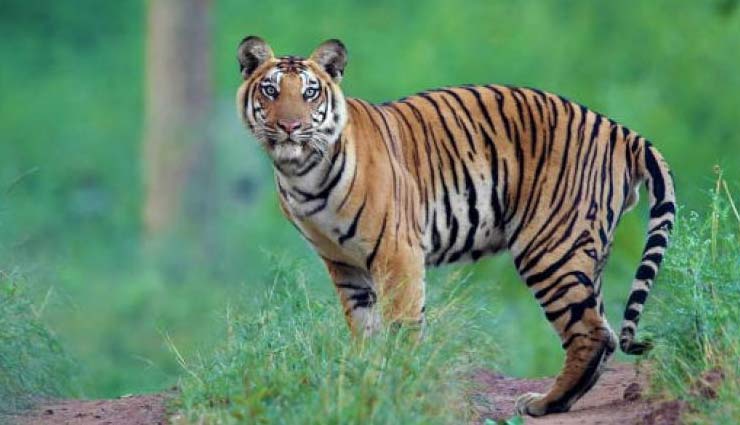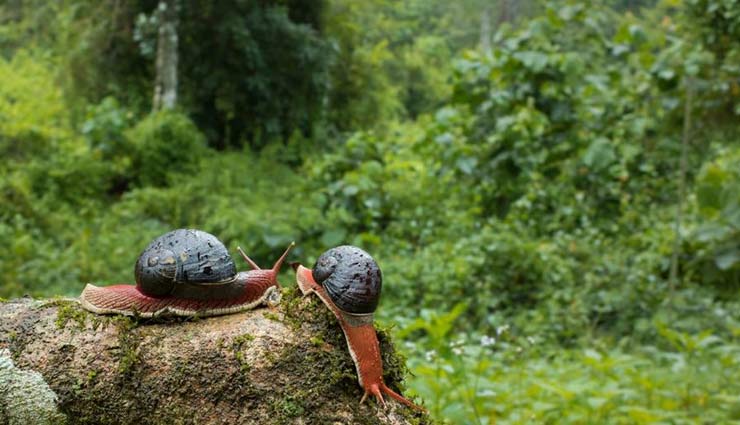Facts About Anamalai Tiger Reserve
By: Priyanka Maheshwari Tue, 24 Dec 2019 3:13:23

Well off most tourists’ radar, Anamalai Tiger Reserve is a pristine 950-sq-km reserve of tropical jungle, shola forest and grassland rising to 2400m and spilling over the Western Ghats into Kerala between Kodaikanal and Coimbatore. Declared a tiger reserve in 2007, it’s home to all kinds of exotic endemic wildlife, much of it rare and endangered – including leopards and around 30 elusive tigers, though you're much more likely to see lion-tailed macaques, peacocks, langurs, spotted deer and elephants, or crocodiles at Amaravathi Crocodile Farm. The reserve’s Reception & Interpretation Centre, plus basic park accommodation, is at Topslip, 35km southwest of Pollachi (which is 40km south of Coimbatore).
Tiny tea-plantation town Valparai, on the reserve's fringes 65km south from Pollachi and with one outstanding heritage hotel, makes a more comfortable Anamalai base, and you’re just as likely to spot wildlife.
The park is named after former Prime Minister of India Indira Gandhi who visited the park on 7 October 1961. The main tourist facilities are located in the northeast corner of the park at "Topslip", so named because of the local 19th century practice of sliding timber logs down the hills from here.

By the mid-1800s, large tracts of Valparai plateau in the Anamalais were under intense tea or coffee plantations after deforestation of the natural forests. By 1866 two-thirds of the plantations were owned by Europeans and the remaining by Indians from coastal towns. Since most native inhabitants either refused to work or were inefficient workers, labour for plantations was brought from the plains of Tamil Nadu to clear forests and grow coffee.
Some parts of the forest however were reserved for timber including large areas around Top Slip. This part of the Western Ghats, under the Bombay Presidency were exploited extensively for teak which was supplied to the Bombay Dockyard for shipbuilding and later for railroad ties.
In 1855, this area came under sustainable forest management for teak plantations by the pioneering efforts Douglas Hamilton and Dr. H. F. Cleghorn of the new Tamil Nadu Forest Department. In the early 1900s, protection of the Karian Sholas was also ensured (Johnsingh 2006a).
The area was notified as Anaimalai Wildlife Sanctuary in 1974. of its unique habitats at 3 places – Karian Shola, Grass hills, Manjampatti Valley were notified as a National Park in 1989. The 108 square kilometres (42 sq mi) National Park is the core area of the 958 square kilometres (370 sq mi) Indira Gandhi Wildlife Sanctuary. IGWS was declared a Project Tiger tiger reserve in 2008.
The Park and the Sanctuary is under consideration by UNESCO as part of The Western Ghats World Heritage site. The Sanctuary and the Palni Hills in Dindigul District form the Anaimalai Conservation Area.





